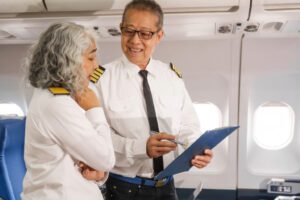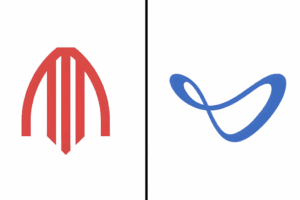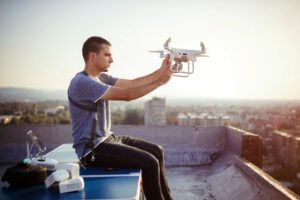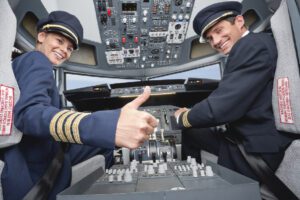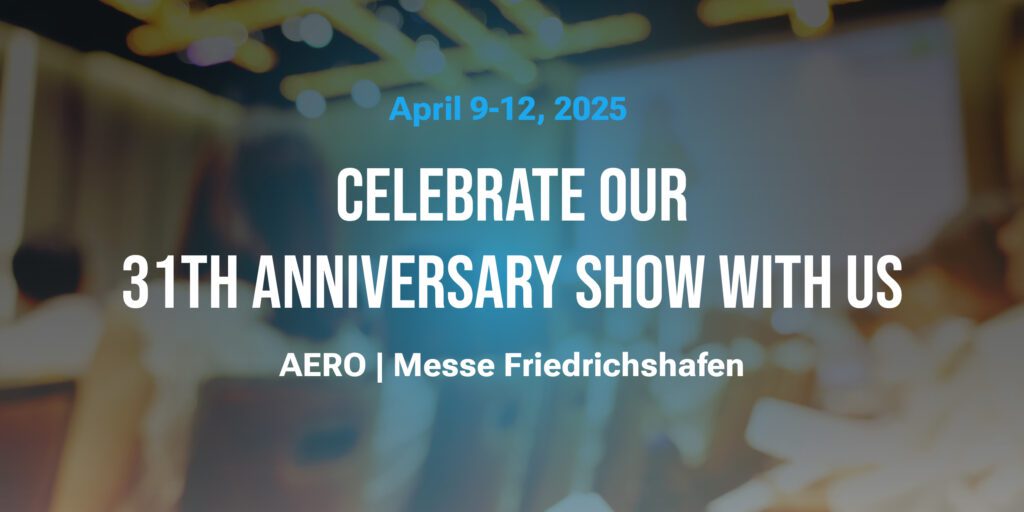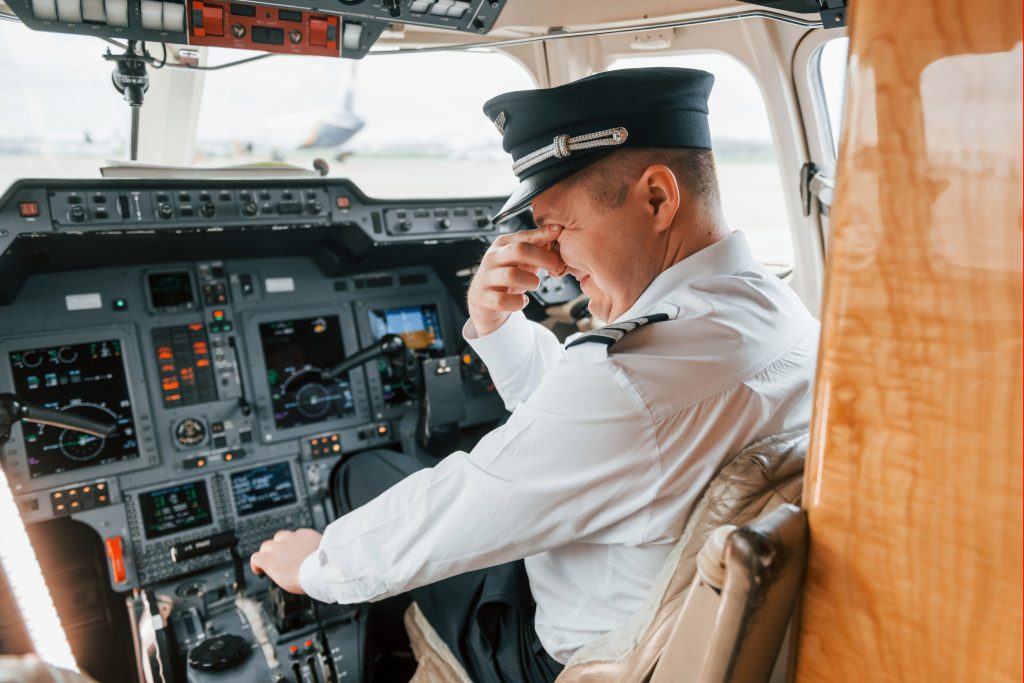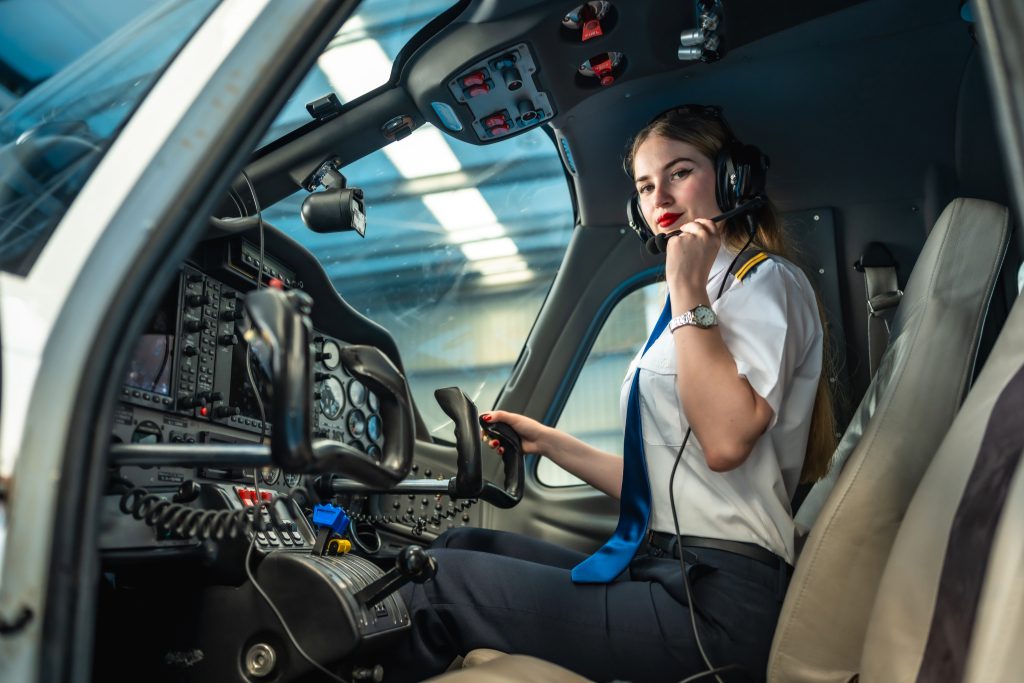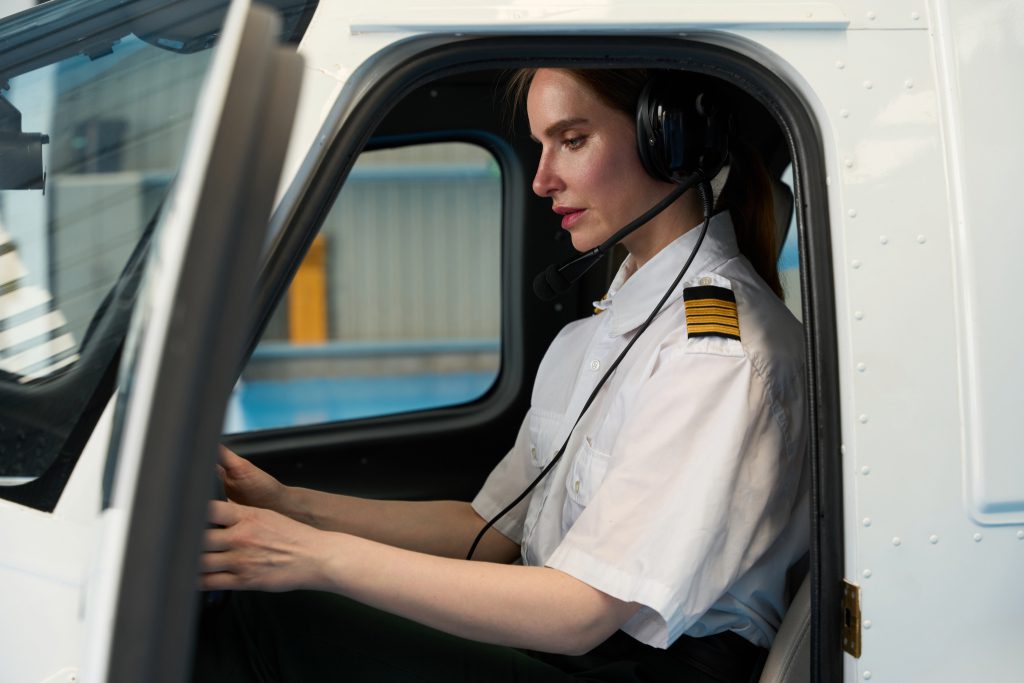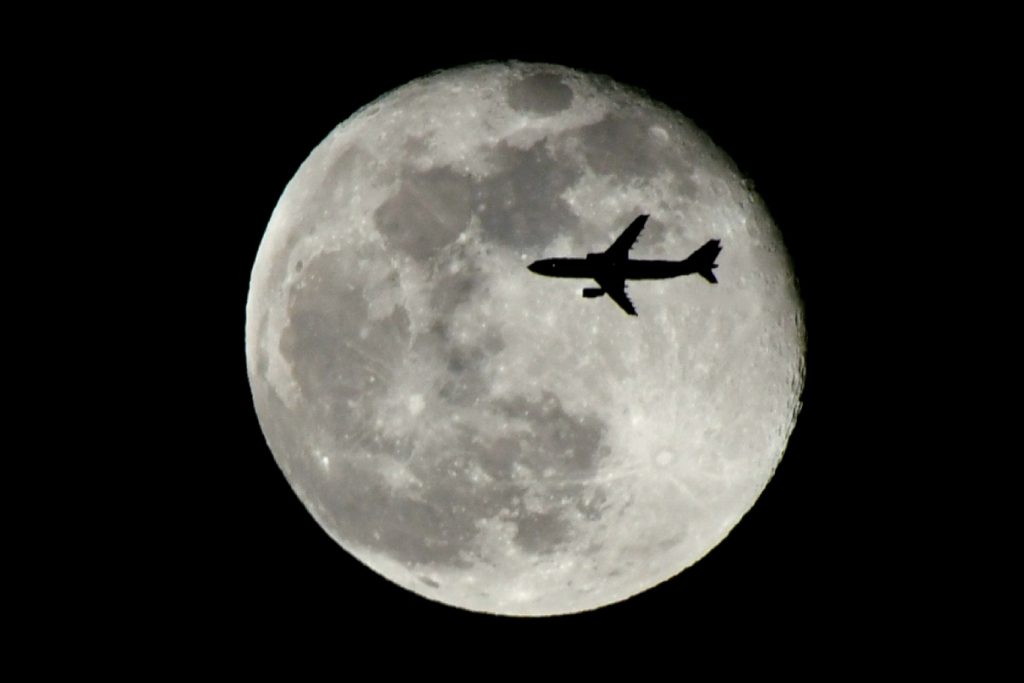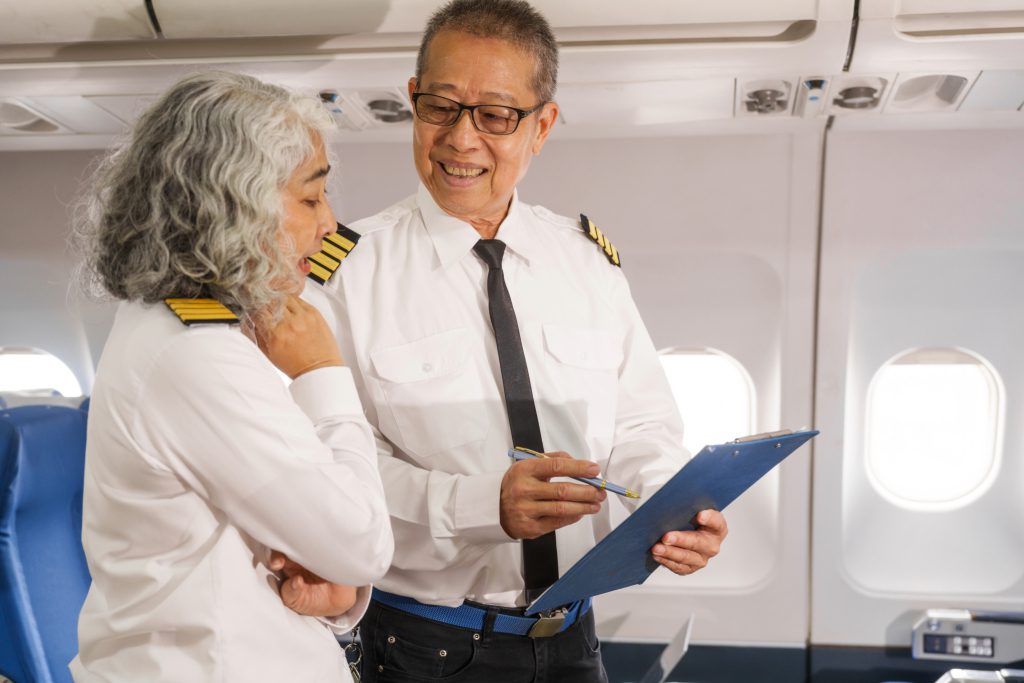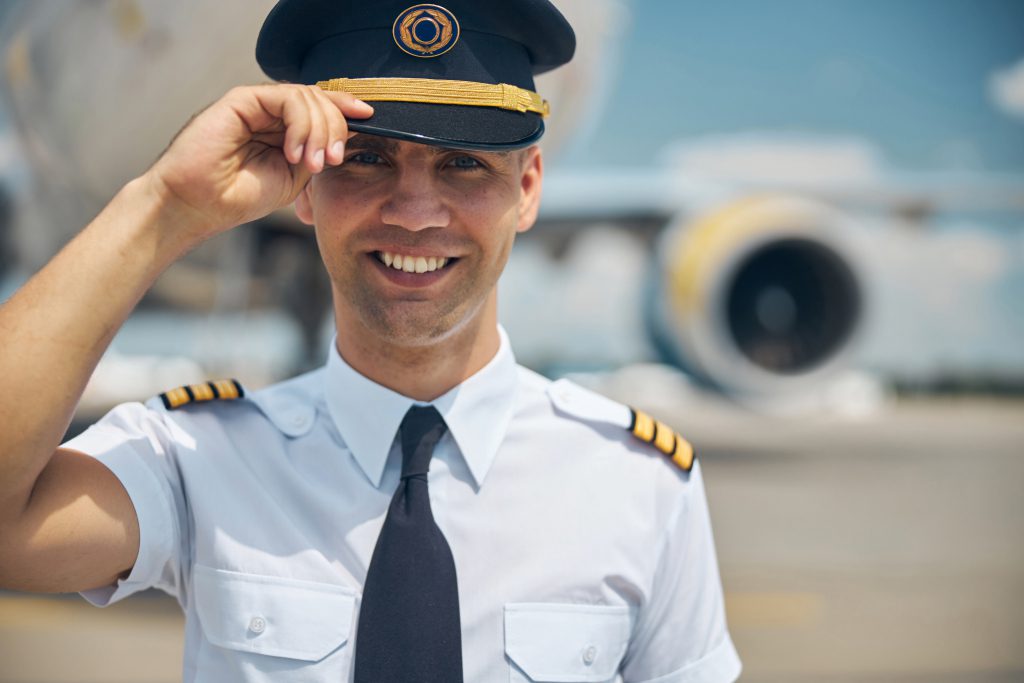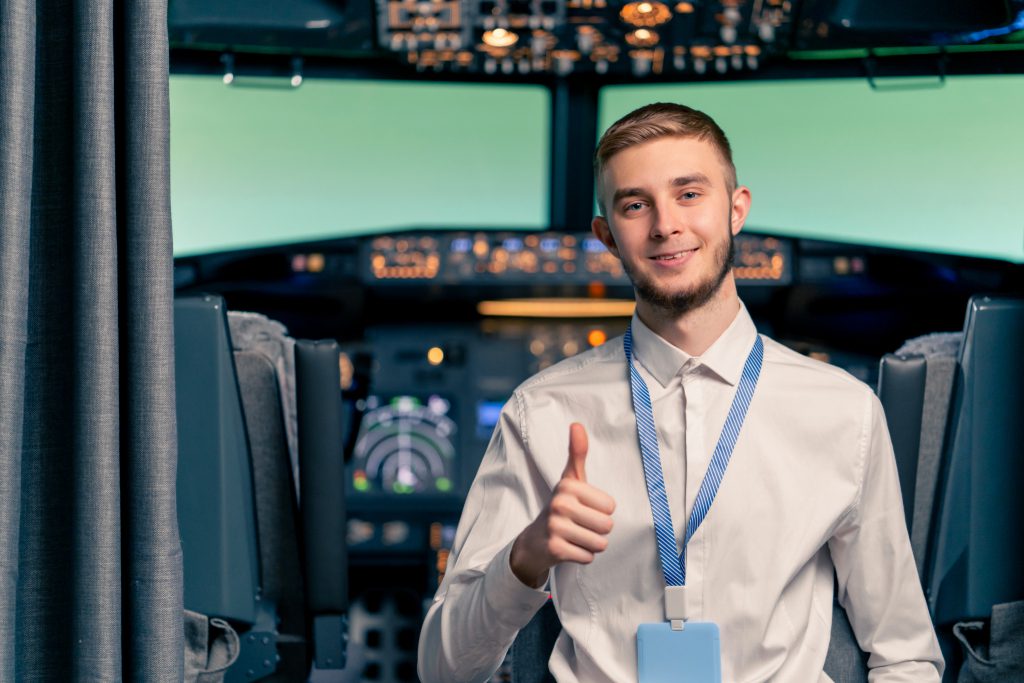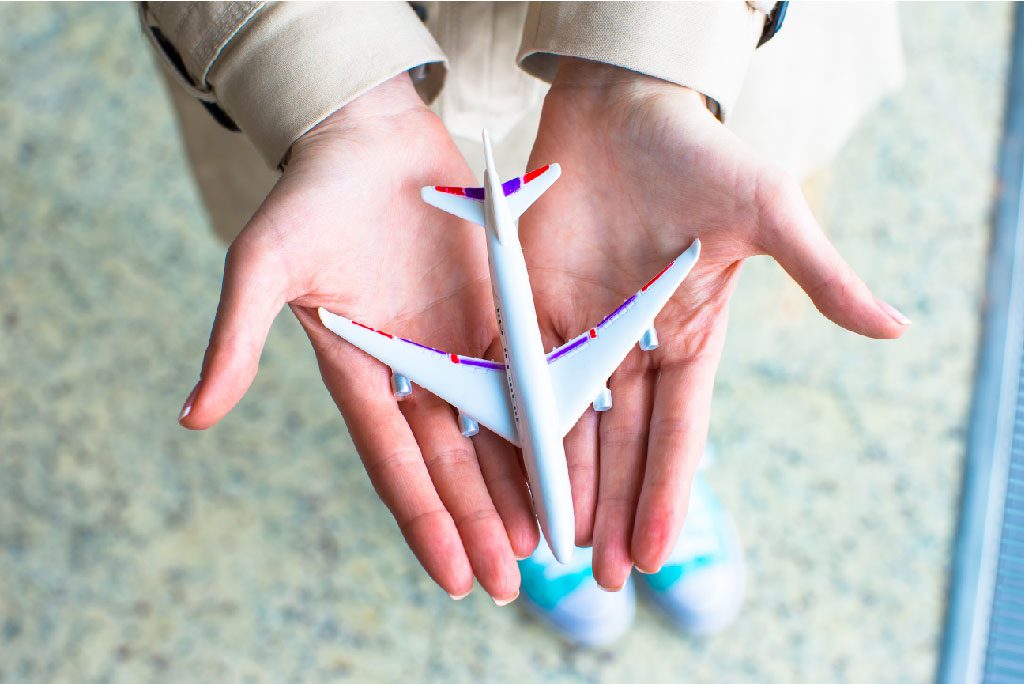Joby Aviation just took a giant leap for electric air taxis. The company flew a piloted eVTOL from one public U.S. airport to another using FAA-controlled airspace. This incredible feat brings us closer to the day we can hop in a flying taxi instead of a ground cab.
The Day the Skies Changed
On August 15, 2025, Joby’s air taxi zipped through 10 to 11.5 nautical miles from Marina Municipal Airport to Monterey Regional Airport along California’s coast. It launched straight up, powered up the wings for cruising speed, shared the skies with other planes, then landed straight down in a conventional airport zone. The whole trip took about 12 minutes, with a 5-minute wait in the air for Monterey to clear air traffic. Joby calls this a practice run for serious air taxi service. They still need FAA green lights, but the prototype just performed the closest to a weekend trip anyone’s seen.
Why This Flight Changes the Game for Air Taxis
The Sky’s Already on the Job
The flight showed us that eVTOL planes can share the sky with the airplanes we know and trust every day. Joby managed the airport dance: take off, cruise, and land in busy air traffic just the way a commercial airliner would. That’s proof the concept is more than just a cool video.
Speeding Up Certification and Launch Plans
Joby’s latest test flight keeps its roadmap to passenger service on track. The assembly of aircraft for the official FAA evaluation is in progress. This plan includes FAA pilots during flight testing, with the goal of starting in early 2026. Joby is eyeing service start dates first in New York and Los Angeles.
Proving the Promise of eVTOL Commutes
Electric air taxis claim to deliver fast, quiet, and nearly zero-emission rides right over Downtown traffic. Joby suggests travel from Manhattan to John F. Kennedy Airport in roughly seven minutes could soon be possible.
Keeping Pace in the eVTOL Race
Joby is not the only contender. Archer Aviation reports progress of its own, completing a 55-mile real-world test flight. Their achievements confirm that advanced air mobility is moving from visions to test flights at a rapid pace.
Key Challenges Still to Address
Narrow Test Profiles: The recent test covered only 10 nautical miles, a distance too short for future passenger routes. Longer operations will need more powerful batteries, more autonomy, and a network of urban vertiports to support battery swaps and landings.
Navigating Regulations: Certification requires Joby to document years of reliability, safety, and environmental performance. New traffic management rules and airspace regulations must also be created before commercial flights can grow.
Cost and Accessibility: High early costs, crewed vertiport upgrades, and fleet purchases could limit access for the first riders. City planners, utilities, and regulators will need to ensure that air taxis are offered equitably, not just in premium districts.
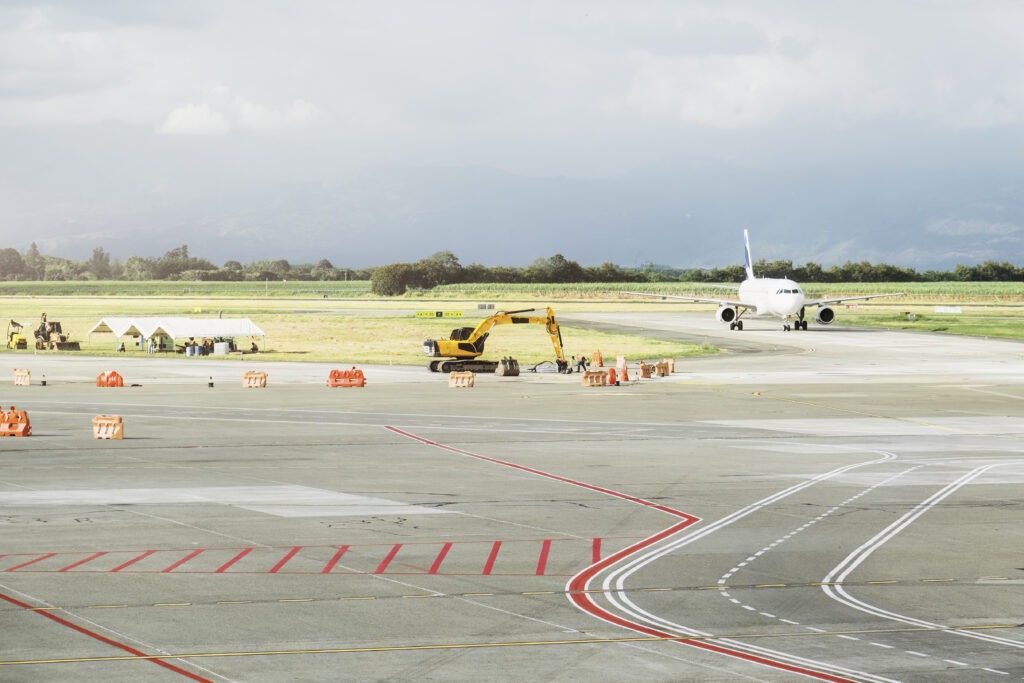
Looking Ahead: Urban Air Mobility (UAM) Taking Shape
Joby Aviation just completed a milestone flight that hints at how electric vertical take-off and landing (eVTOL) vehicles may reshape our cities: a quick, quiet, green connection between downtown locations and airports that may even skip ground traffic entirely.
Imagine ride-share electric take-off and landing (eVTOL) vehicles lifting off from rooftops, urban helipads, and redesigned vertiports, all woven into a seamless aerial operating environment.
Public and private partners—airports, telcos, utility firms, and software developers—are racing to create the safe, connected infrastructure that will get eVTOLs into the daily routines of millions.
Takeaway
Joby’s new demonstration flight connects all the dots: electric, urban, and operational. As the company seeks FAA green lights and heads to test markets like New York, L.A., and Dubai, it is stitching the first blueprint of a future where airborne taxis take the daily commute to the skies, delivering speed, quiet, and minimal planet-warming emissions.
You can also read about Joby’s air taxi market test flights here.





